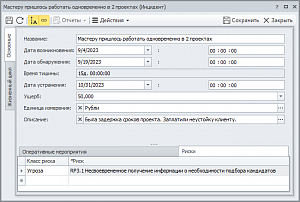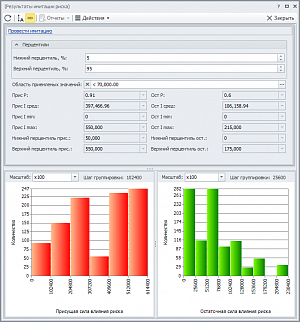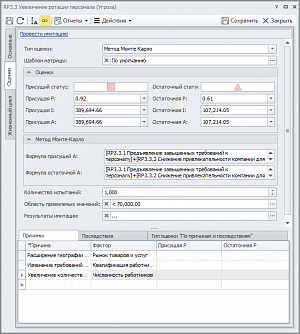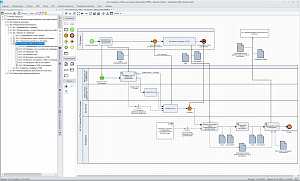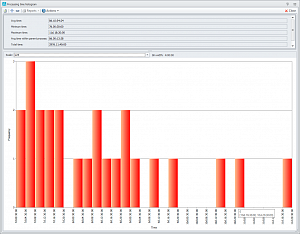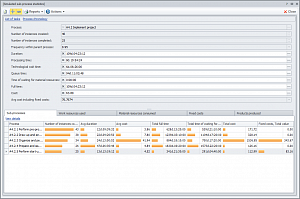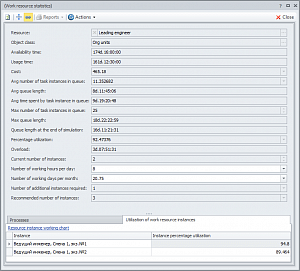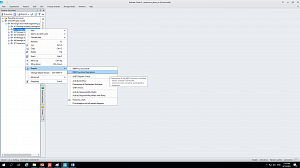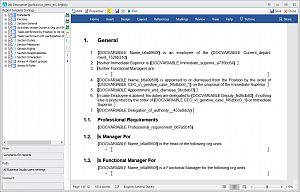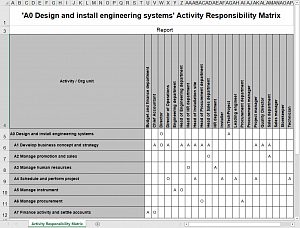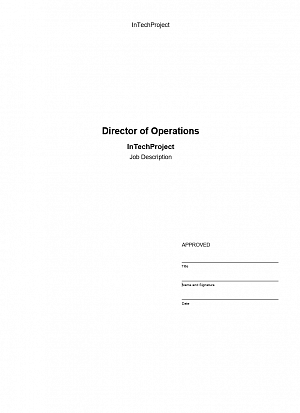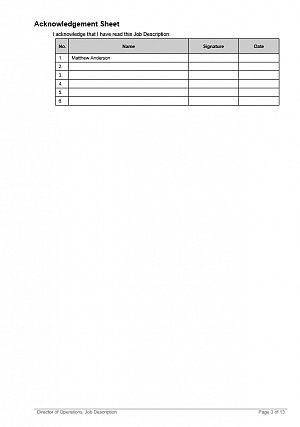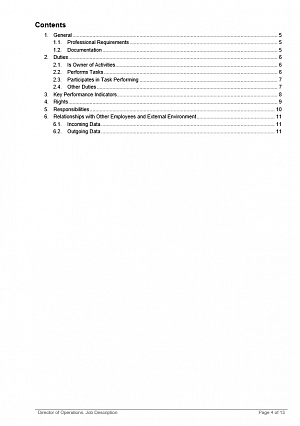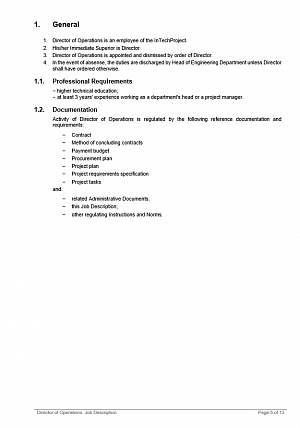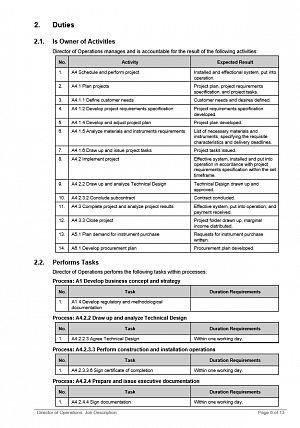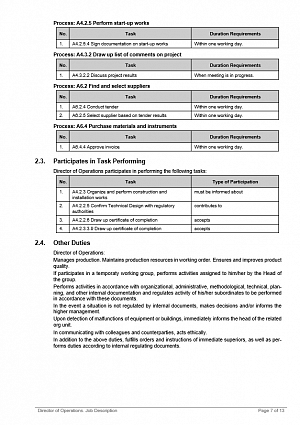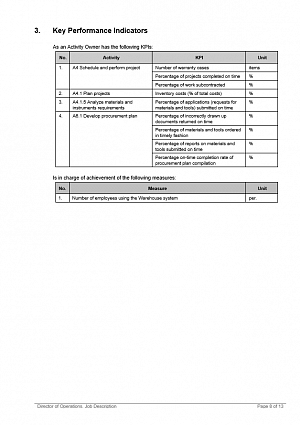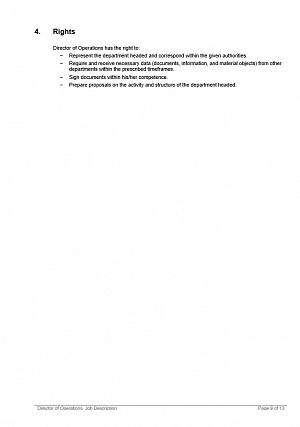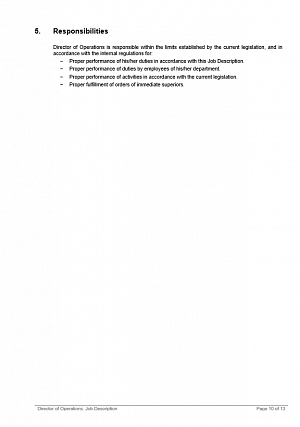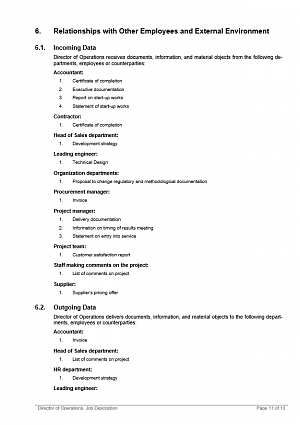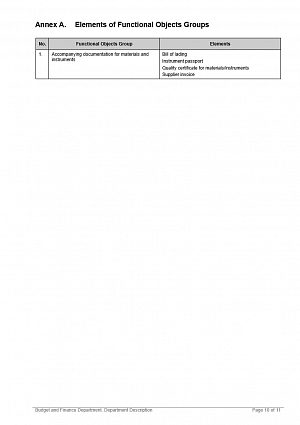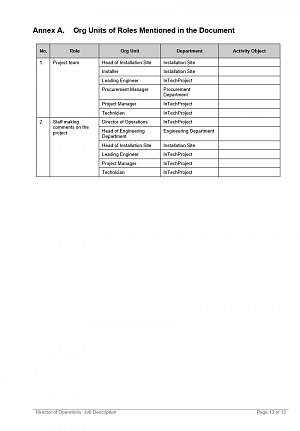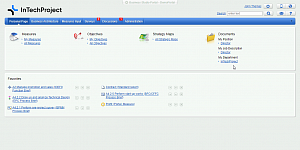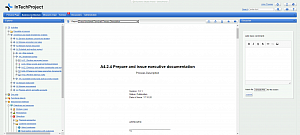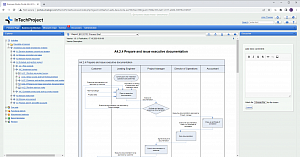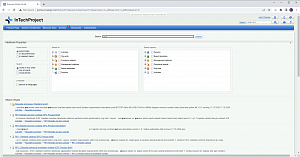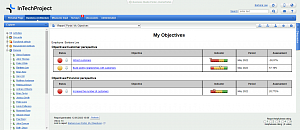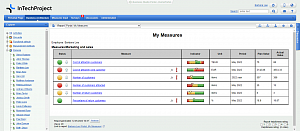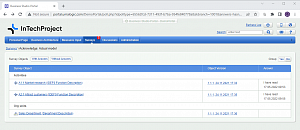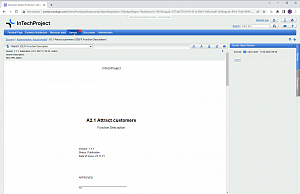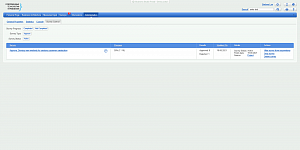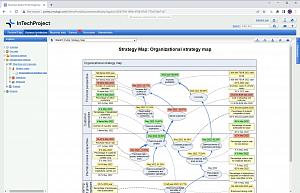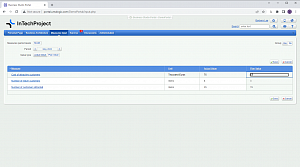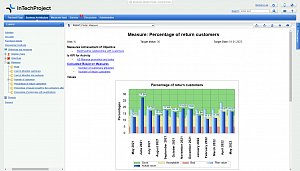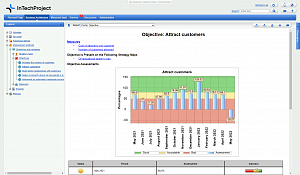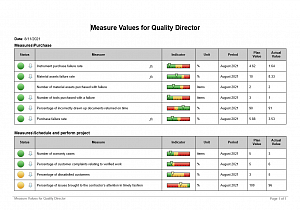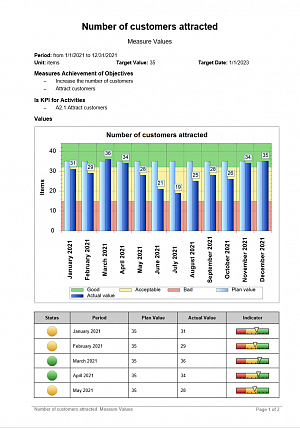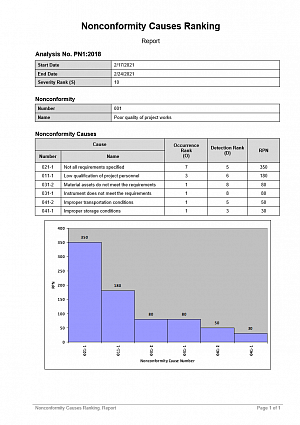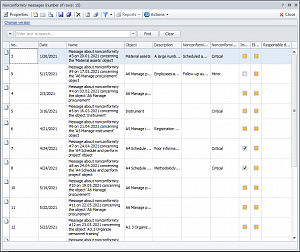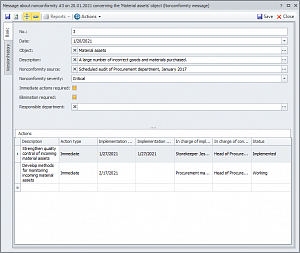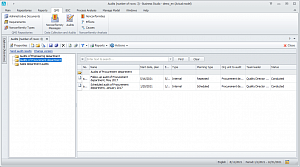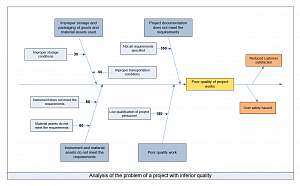Strategy, KPI, Business Processes, QMS
Develop a balanced scorecard
Business strategy can only be successfully implemented if it is clearly understood by management and employees alike. By describing strategy in a clear and concise manner, the likelihood of its successful implementation is significantly increased. A well-established tool for presenting company strategy is the Balanced Scorecard (BSC) developed by Robert Kaplan and David Norton.
Business Studio enables companies to formalize their business strategy, create an objective tree to use as a strategy map, and identify the measures required to achieve those objectives. For each and every measure, a target value and date are set together with a plan for achievement of the target value in accordance with the measurement period selected for the given measure. Suitable employees are responsible for monitoring measure and objective achievement; others are responsible for entering measure values into the project database. The strategy map for the whole company can be cascaded down and used locally at departmental levels in Business Studio.
Recommendations on developing a BSC, creating company business strategy and monitoring its implementation using Business Studio
Collect and discuss employee suggestions
Involving employees in the activity improvement initiatives is the key to the successful development of any company. After all, it is the employees who see the imperfections and irrationalities of the business processes in their daily activities.
Business Studio Portal allows all employees to make comments and suggestions, as well as to take part in discussing business processes and other elements of the company’s business architecture. Notifications of new messages are immediately sent out to all interested parties.
The results of the employee suggestion analysis are used to formulate new requirements for the company’s business architecture.
Design functions and business processes
Once the company strategy is decided upon, work can begin on the detailed design of the activities to be carried out in pursuit of the company’s goals.
Business Studio allows users to develop both conceptual models of business functions and detailed models of business processes. To achieve this, it provides analysts with the most popular and convenient business modeling notations:
- IDEF0,
- Cross-functional Flowchart,
- BPMN 2.0,
- Basic Flowchart,
- EPC (Event-Driven Process Chain).
Согласно принципам процессного подхода, для процесса задаются: Владелец процесса, Исполнители процесса, Входы и Выходы, Требования к срокам выполнения и ряд других параметров. Сочетание наглядных графических нотаций и параметров процессов обеспечивает необходимую полноту описания бизнес-процессов и позволяет выпустить действительно полезную регламентирующую документацию.
Для каждого процесса можно определить набор ключевых показателей результативности KPI. В качестве KPI можно использовать показатели из ССП или создать новые.
Все о нотациях
Организационная структура является результатом распределения полномочий и ответственности сотрудников. Система Business Studio позволяет сформировать иерархическую организационную структуру как в справочнике, так и непосредственно на организационной диаграмме, и связать оргединицы с выполняемыми функциями и процессами. Место оргединиц в организационной структуре, их права и обязанности, взаимодействие с другими оргединицами, показатели для оценки эффективности деятельности автоматически фиксируются в документах «Положение о подразделении», «Должностные инструкции» и «Матрица ответственности».
According to the principles of the Basic Flowchart notation, the following properties are set: process owner, process actors, inputs and outputs, duration requirements, as well as a number of others. The combination of visual graphical notations and process properties results in comprehensive descriptions of business processes and facilitates in producing informative regulatory documentation.
A set of KPIs can be defined for each business process. You can use new KPIs or simply use measures from the BSC.
All about notations
Design organizational structure
Organizational structure is brought about by the distribution of authority and employee responsibility. Business Studio facilitates the creation of a hierarchical organizational structure both in the database repository and directly on the organizational chart, and the linking of org units with the functions and processes they perform.
The role of org units in the company’s organizational structure, their rights and responsibilities, their interaction with other org units and the measures used to assess their effectiveness are recorded in Department Descriptions, Job Descriptions, and the Responsibility Matrix.
Recommendations on the design of a management system model
Simulation and activity-based costing
Companies often have to optimize their business activities. This is usually due to inefficiencies in the business processes, for example, long lead times or unacceptably high costs. Business Studio allows users to optimize the time and cost of processes by means of simulation and activity-based costing methods.
As a result, Business Studio calculates the current resource load value, its associated overload value, and the recommended number of resources, while also identifies bottlenecks.
Simulation and Activity-based Costing
Develop Operational Concept
When introducing information systems (IS), the main task is to ensure that they are well matched to the business processes of the company. Business Studio helps users ensure this is the case by allowing them to:
- Describe data structures and use them in business processes;
- Create the architecture of the information system;
- Link the functions of the information system with the business processes in which they are to be used;
- Establish the requirements for information systems (partner solution in Model Store).
Business Studio supports the CRUD (Create, Read, Update, Delete) method for describing data actions in business process operations. This allows generating reports on the life cycle of information objects.
The Operational Concept is automatically generated on the basis of the developed model and forwarded to the company’s IT department.
Generate regulatory documentation
To make the ideas embodied in the business architecture the reality, it is necessary to convey them to employees in a clear and understandable format. This is achieved by generating a package of regulatory documents containing all the information required for employees to work effectively. Business Studio drastically reduces the complexity of this step by automatically generating the necessary regulatory documents and reports:
- Strategy map,
- Process Descriptions,
- Department Descriptions,
- Job descriptions,
- Document flow.
Documents are generated on the basis of the previously designed elements of the business architecture such as objectives, business processes, organizational structure, etc. Any change in the business architecture model is automatically reflected in the regulatory documents, ensuring that these documents are always kept up to date.
Business Studio supports generation of documents in Microsoft Word, Microsoft Excel or HTML Publication. HTML Publication is a static website with a collection of linked and searchable HTML reports.
Document samples
Create a knowledge base on company structure and operation
Business Studio Portal enables users to generate a comprehensive knowledge base containing regulatory documentation and all the information necessary for employees to work effectively. Portal allows users to:
- Ensure the company’s knowledge base is kept up to date.
- Automatically differentiate the access rights of employees in accordance with their roles.
- Access and work with information in a user-friendly manner.
Business Studio Portal is an online portal that allows employees to access the company’s knowledge base from any device anywhere in the world.
After successful authorization, employees are taken directly to their personal page, which contains all the information and documents needed to work effectively, such as Job Descriptions, Job Instructions, Department Descriptions, etc.
Create Documentation and a Knowledge Base (HTML Publication and Portal)
Familiarize personnel with changes in documentation
Companies usually have multiple development projects going on in parallel. Each of these projects can result in dozens, if not hundreds, of changes to important elements of the business architecture. At the same time, there may be thousands of employees in a company. How is it possible to ensure that each and every employee is aware of all the important changes affecting their area of interest?
Business Studio Portal manages precisely this task. When new versions of objects appear in the area of interest of an employee, Portal sends out a notification by email and informs them about the number of new objects in the Main Menu. Areas of interest are calculated on the basis of role information and can be flexibly configured.
Employees shall familiarize themselves with the new versions and confirm the receipt of information in the Survey section. Portal records the time the message is received and allows managers to check whether all employees are aware of changes.
All About Model Life Cycle Management
Monitor key performance indicators and strategy implementation
When the degree of fulfillment for strategic objectives and measures are monitored regularly, it allows users to understand whether the company is moving in the right direction and at the right pace along the path of its strategy implementation.
Measure values can be monitored at Business Studio Portal. The Status color-coding system helps to view current states of KPIs clearly.
Calculated measures can be decomposed to the lowest levels to discover which measure is responsible for the deviation. Portal also enables users to view the dynamics of measure change. Graphs are used to show the status of measures in each measurement period against the background of the specified normal and alarming operation values.
Users can similarly monitor achievement of strategic goals and objectives. Scores are calculated automatically based on the measure values associated with an objective. The strategy map is used to monitor achievement of all objectives at once.
Implement a quality management system
Business Studio allows users to develop, implement and prepare a management system for certification in compliance with the regulatory requirements of ISO standards (ISO 9001, ISO 14001 and others), enabling them to:
- Establish the requirements and expectations of customers and other interested parties;
- Determine quality objectives;
- Determine the processes to be implemented in achieving company objectives and establish which employees will be responsible for their implementation;
- Measure the results and efficiency of processes;
- Control operation of business processes by means of control charts;
- Plan internal audits, collect information on nonconformity, analyze the resulting data, and develop corrective and preventive actions;
- Generate responsibility matrices, Quality Manual, and other quality documentation and ensure these are kept up to date.
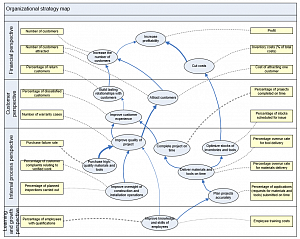
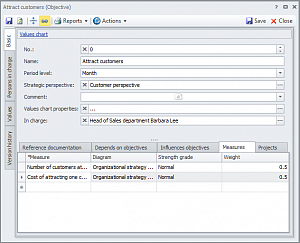
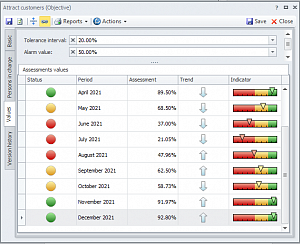
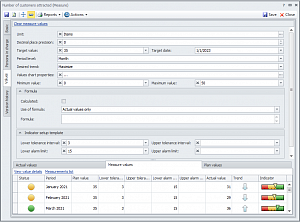
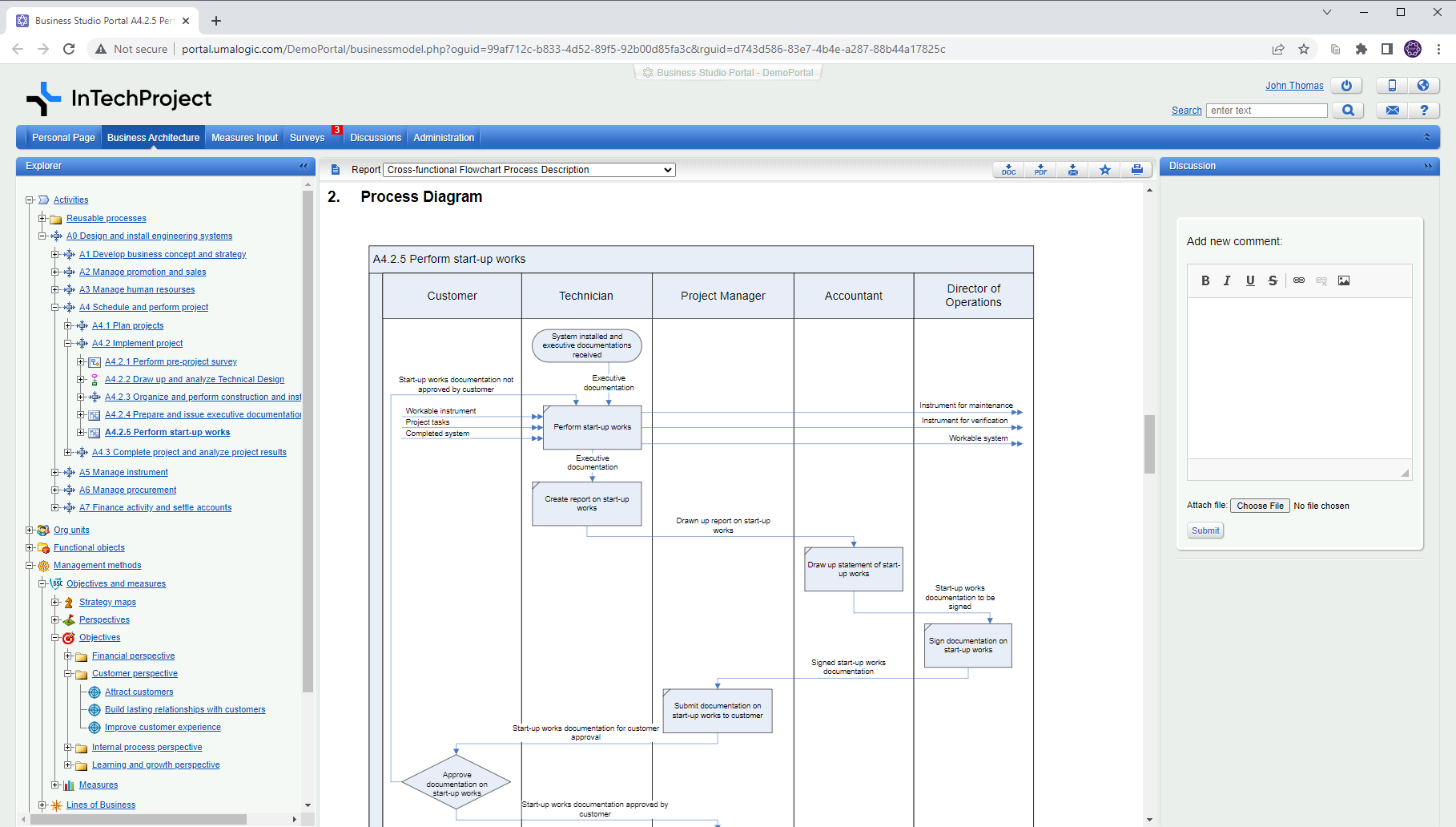
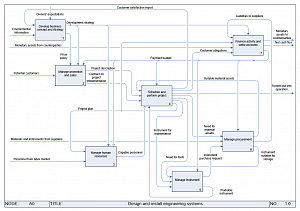
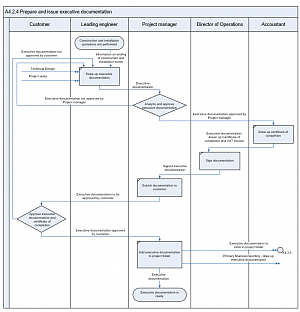
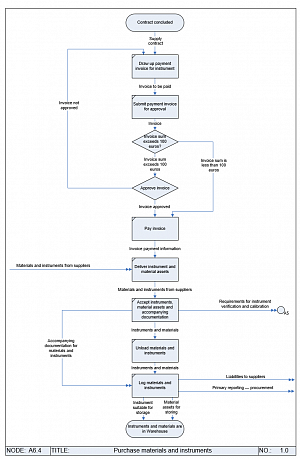
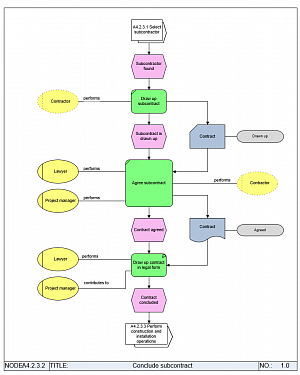
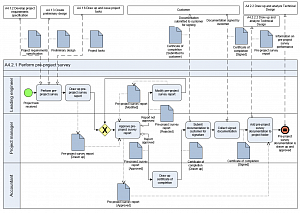
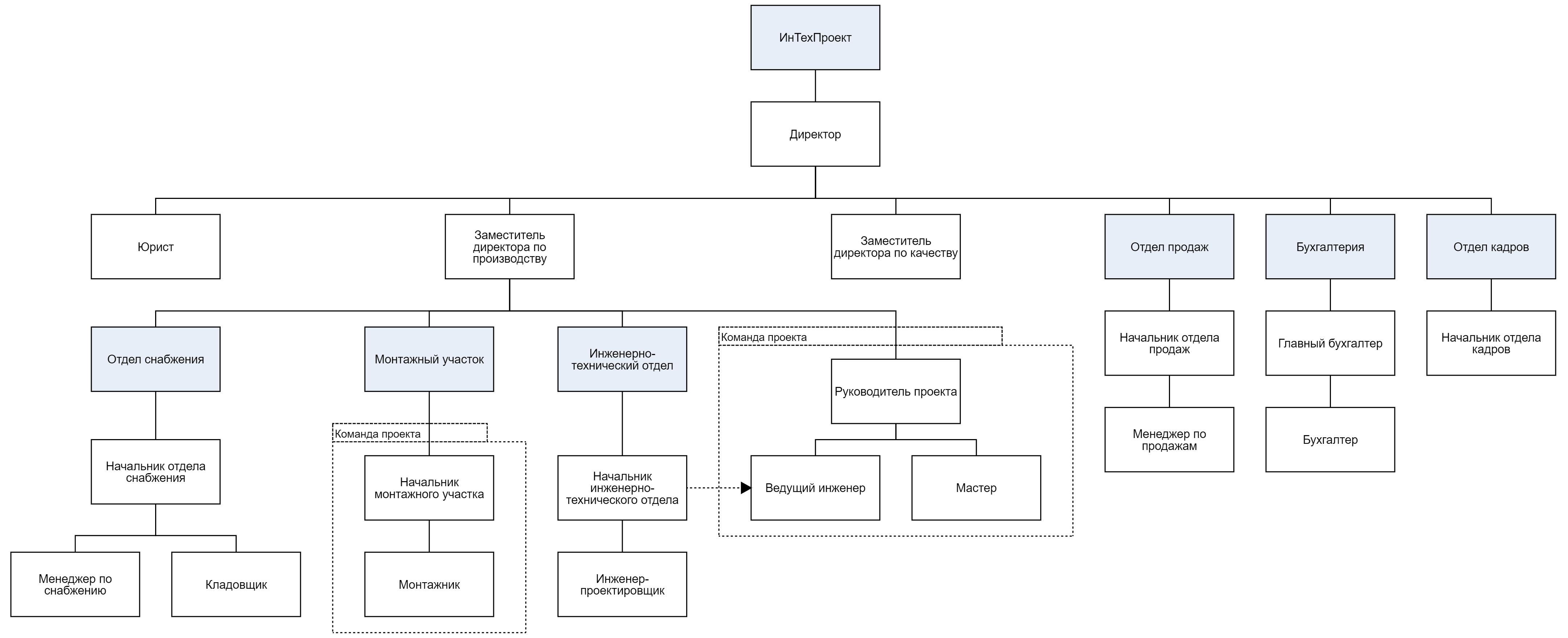
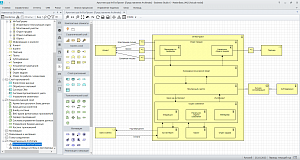
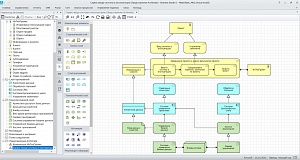
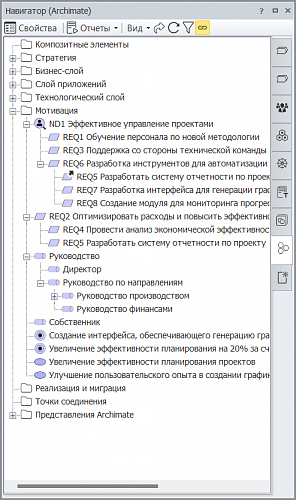
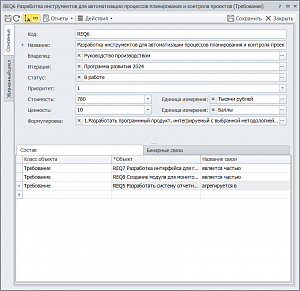
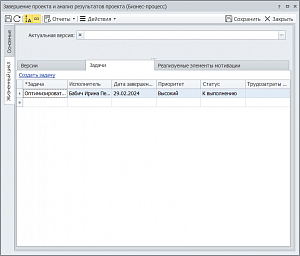
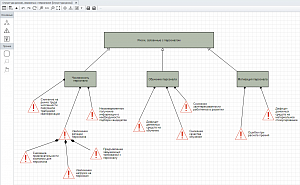
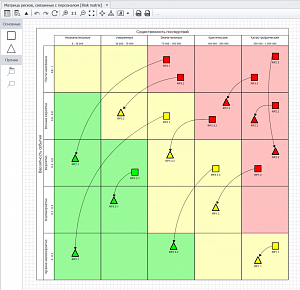
».png)
